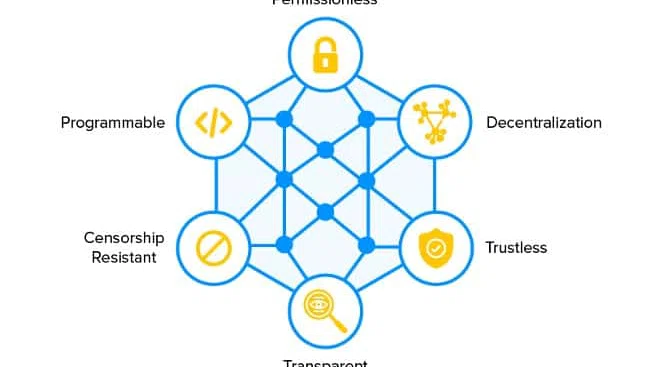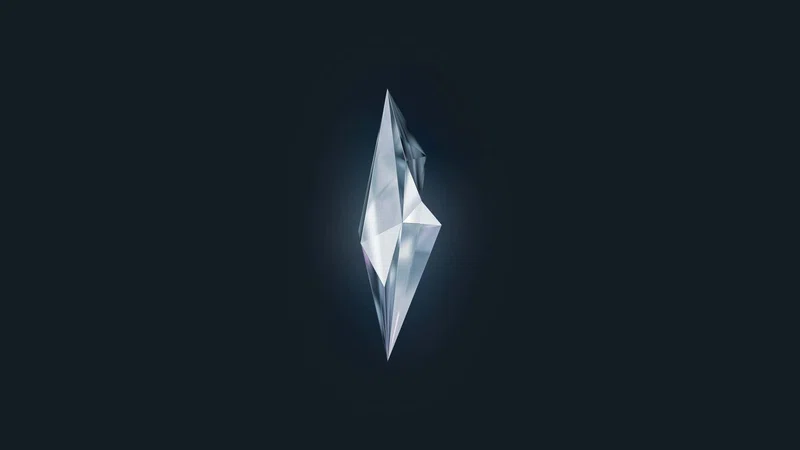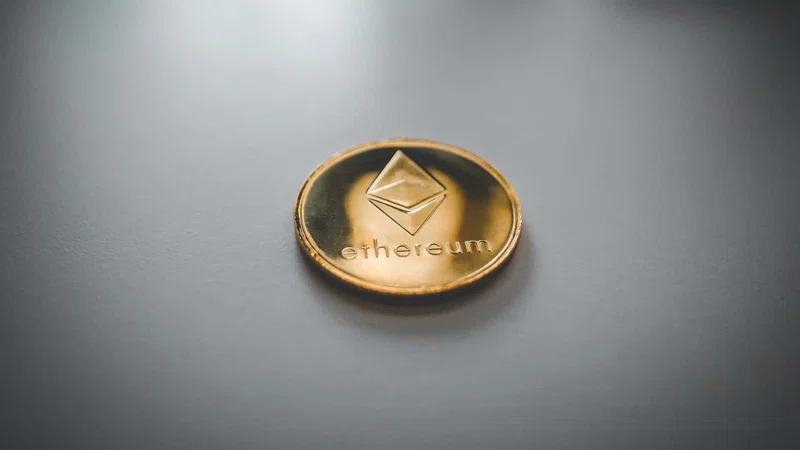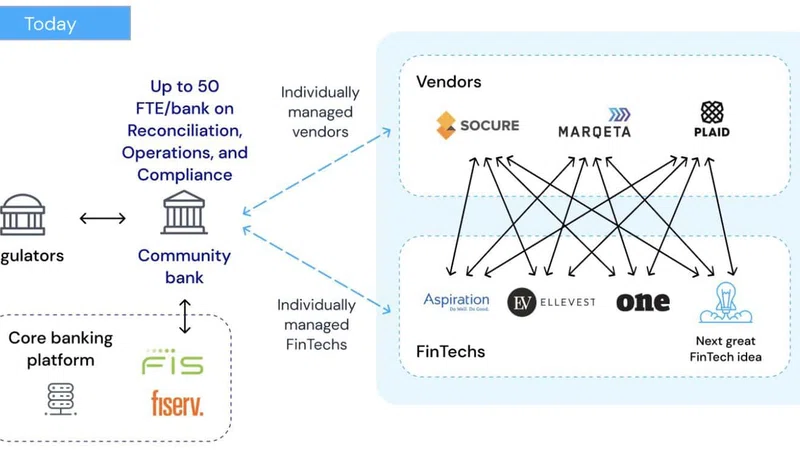BNPL (short for "Buy Now Pay Later") is a hot topic in the Credit space. The recent funding round of Klarna (one of the most known BNPL players on the market) of $639 million at a valuation of $45,6 billion makes it Europe’s most valuable startup and shows that investors predict continuing exponential growth for this service.
This anticipated growth is coming from an increased negative perception of consumers towards revolving credit lines, like credit cards. As a result consumers look for cheaper and more user-friendly and convenient alternatives. Especially the younger generation of millennials seems to be attracted by this offer, with 15 percent of them already uses BNPL today, i.e. 5 times more than older generations.
Combine this with the continuous growth in e-commerce for which this type of credit is ideally suited and you can get a feeling why such an astronomical valuation could be justified.
The result is an exploding market of Fintechs offering those promising services, like Klarna, but also Affirm, AfterPay, Cashper, Divido, ratepay, scalapay, Cofidis, LayBuy… Additionally incumbent players like PayPal and AmEx have also started attacking this market.
Although many praise this new product for its user experience and convenience and its promise to offer zero-interest rate credits to nearly anyone, many specialists are also highly skeptical about this new trend, as it can push people in unneeded debt for products they don’t even need.
But what is BNPL and where is this hype coming from? And how is it different from traditional consumer credit cards or 0% interest consumer installment loans offered already for years by car dealers, electric appliances stores or kitchen/bathroom dealers?
In fact BNPL could be considered as the modern, digital equivalent of those consumer installment loans. Its characteristics could be summarized as following:
- A short-term financing product
- For relatively small amounts, i.e. maximum 1-2.000 EUR as a total maximum credit amount at a specific BNPL vendor (aggregated over all purchases paid with BNPL)
- Linked to a purchase of a specific product or service
- Usually interest-free, i.e. instead the merchant pays a commission to the BNPL provider.
- Very strongly integrated in the check-out process of the merchant. Till now mainly for online merchants (usually as an additional payment method offered via the webshop’s PSP), although BNPL vendors recently have started to expand also to physical payments. Usually this is done by the BNPL issuing a virtual credit card (which can be limited to a specific store) with which the purchase can be done (with the smartphone emulating a physical credit card), but it can also be done via a QR code (generated by the merchant and scanned by the customer or vice-versa).
- An excellent user experience, giving a near real-time, frictionless and fully digital origination process of the credit, i.e. in a few seconds the BNPL credit can be opened.
- Usually consisting of an upfront payment (typically 25% of the overall purchase amount) at the moment of purchase, followed by a predetermined (= fixed schedule) small number(typically 4) of installments at future dates (typically with intervals of 2 weeks, meaning duration of 2 x 4 = 8 weeks) to reimburse the remainder. These reimbursements are usually done automatically by linking a debit or credit card or direct debit to the BNPL provider. This method is called "Slice-it" (i.e. the payment is spread over time), but many BNPL provider also provide the "Pay Later" method, which is also ideal for online purchases, as it allows the user to usually pay 14 days after his purchase. This corresponds with the moment the customer has received the product and has decided not to return it.
- Using a soft-credit score, which uses other info (like e.g. all details of your current and past purchases) than the traditional credit scoring systems and doesn’t affect your credit score (unless there is a late payment or a failing to pay). This leads also to higher acceptance scores (of around 90%) than traditional credits.
- The merchant is paid right away and the BNPL provider takes over all the risks, like liabilities due to fraud, chargebacks, defaulting…
If you read those characteristics, this product seems great for all involved parties, i.e.
- Consumers get a cheap (often "free"), user-friendly, disciplined (i.e. a fixed well-defined repayment schedule) and frictionless way of funding a purchase, which they may otherwise not have been able to afford.
- Merchants can increase their revenues, i.e. multiple studies have showed that people buying via BNPL tend to spend more than if they would be paying with a traditional payment method (i.e. increase of AOV = Average Order Value) and abandon less their shopping carts.
Research has also showed that BNPL can act as a Customer Acquisition Channel as a growing number of users considers BNPL (to be available as a payment method) as a key decision criterium to choose one webshop over another. Additionally the apps of BNPL vendors become more and more marketplaces advertising all their partners.
Nonetheless BNPL is not all sunshine and rainbows. Several pitfalls can be identified, which could endanger its future growth, i.e.
- Increased regulation: while many BNPL vendors have slipped through the cracks of severe regulatory supervision (i.e. in many countries BNPL vendors try to be exempt their product from the definition of a credit), the impressive growth of this credit product is about to change this. Regulation will fiercen, as a high percentage of consumers using BNPL already cope with financial difficulties to pay back their installments. One potential improvement could be to demand for more transparency, so that there is an aggregated view of all your pending BNPL payments at different BNPL players.
- With more and more merchants offering this service, the product will become a commodity, meaning the advantage of being a "Customer Acquisition Channel" will disappear. One might wonder as well if it is desired that every merchant starts offering this payment method. E.g. in certain countries pizza restaurants are already offering to order your pizza and pay with BNPL. If consumers start using too much BNPL, it will become extremely difficult to keep a good financial overview and the advantages of BNPL like user-friendliness and a disciplined repayment schedule might disappear.
- The operational and support model is not always top yet. As BNPL vendors take over all liabilities, it is unclear who is responsible for the delivery of a product. A few months ago I had myself a particular bad experience with BNPL. On a webshop I selected BNPL as a payment method, but never got any invitation to pay. The webshop didn’t want to send the item as they were not paid yet and they referred me to the BNPL vendor, who in its turn referred me back to the webshop. In the end, given the urgency for receiving the product, I said it could be cancelled, which required again a message to both parties. In the end everything got straightened out, but it was not a pleasant experience for me as a user, nor for the BNPL vendor and the webshop who both had a lot of work without any revenue.
A similar issue exists when deciding to return a delivered item and get reimbursed. As a consumer you will return the package to the webshop, but it’s the BNPL vendor who should cancel the BNPL arrangement. Often this requires a lot of hassle for the customer to arrange all this.
This shows the complexity of this model. In this kind of partnerships it is extremely important to align on responsibilities (cfr. my blog "Ecosystems - The key to success for all future financial services companies" - https://bankloch.blogspot.com/2020/11/ecosystems-key-to-success-for-all.html). Ideally as a consumer you would like to have only a relation with the webshop (given the strong embedding of BNPL in the checkout process it is difficult to make a clear distinction for users), i.e. the fact that other parties like the PSP and the BNPL provider are also involved in the flow should be hidden away for the consumer. This is far from being the case today. - With this product being used more and more, customers might also get a negative perception of this credit, as the zero-cost credit comes with a lot of hidden costs. First of all there are considerable fees and interests in case of missed payments (as much as 30% of the invoice amount), but additionally the BNPL vendor is still paid with a more traditional payment method, like a debit or credit card or direct debit. If there is insufficient funding on the bank accounts linked to those payment methods, customers will still pay costs for failed direct debits, expensive overdraft debt interest rates and/or credit card debt interests (which people tried to avoid in the first place).
Additionally BNPL tends to make the origination of a credit so easy, that there is a big risk of putting customers into financial issues for products they didn’t really need in the first place. - BNPL usage still negatively impacts the margin of the merchant. Even though BNPL can be considered as a means to attract additional business (revenue), the cost for the merchant is still considerably higher than other payment methods. E.g. VISA and MasterCard are typically situated around 2-3% transaction commission, while BNPL methods are typically situated between 2 and 8% (usually 4-6%).
- Consumers tend to miss out on rewards or cashbacks earned on purchases (often offered by credit card companies). This means an additional hidden cost for the consumer.
- BNPL Fintechs are expected to get a lot of competition of incumbent players like incumbent banks and PSPs offering those services themselves. Those players can offer a lot more integrated features (e.g. a full integration in the banking app and an immediate link to the customer’s current account) and can exploit a lot of competitive advantages compared to BNPL Fintechs, e.g. lower cost of capital from deposits, synergies with other products… Although those players have been late adopters of this technology, they are likely to take a serious cut of market share from BNPL Fintechs, once they get the offer setup. Already today, Fintechs, like Amount, have created white-label BNPL products, which can help banks to quickly setup a BNPL product.
BNPL Fintechs are already taking action to address those concerns, e.g. BNPL providers offer
- A lot of features to improve customer’s financial literacy. Although very noble, it still seems a bit of window-dressing to please regulators and public opinion.
- A shift to also support physical payments, as explained above.
- The app of BNPL vendors is turned more and more into a marketplace, where specific (products of) merchants (being a customer of the BNPL vendor) are directly offered, meaning the BNPL vendor becomes the direct customer entry point instead of the webshop.
- BNPL vendors are using more and more their collected datafor offering targeted marketing, like personalized recommendations, advertisements, discounts in the form of coupons and cashbacks… This can be an interesting additional source of revenue.
- Many BNPL vendors are starting to handle the logistics of a transaction. Obviously this allows to ask higher commissions to the merchants, but also allows to provide a better end-to-end support flow.
- BNPL credit limits are being increased to allow for more BNPL payments for 1 customer, but also to attack merchants with more expensive product offers, like high-end luxury goods. Obviously this change is slippery slope as it can increase the risk of credit deferrals/defaults and also increase negative perception.
- BNPL vendors are transforming more and more into Challenger banks themselves, offering also more traditional banking products.
- The apps of BNPL vendors is extended with additional value-added features, like managing spending limits, getting insights into your spending habits, receive personalized budgeting tips, get product recommendations based on your purchase history, initiating refunds…
- BNPL vendors are starting to increase the customer relation via loyalty programs (e.g. Vibe from Klarna)
All this seems the traditional story in Fintech. Fintechs come with very innovative ideas, but often have difficulties to make those products profitable and keep their competitive advantage on the long-term, as incumbent banks develop similar offers after a few years and the Fintechs are automatically becoming more bureaucratic, complex organizations (often forced by regulators) similar to the incumbent banks, which they tried to disrupt in the first place (cfr. my blog "Neobanks should find their niche to improve their profitability" - https://bankloch.blogspot.com/2020/12/neobanks-should-find-their-niche-to.html). Let’s see how many BNPL Fintechs are still around 5 years from now.











